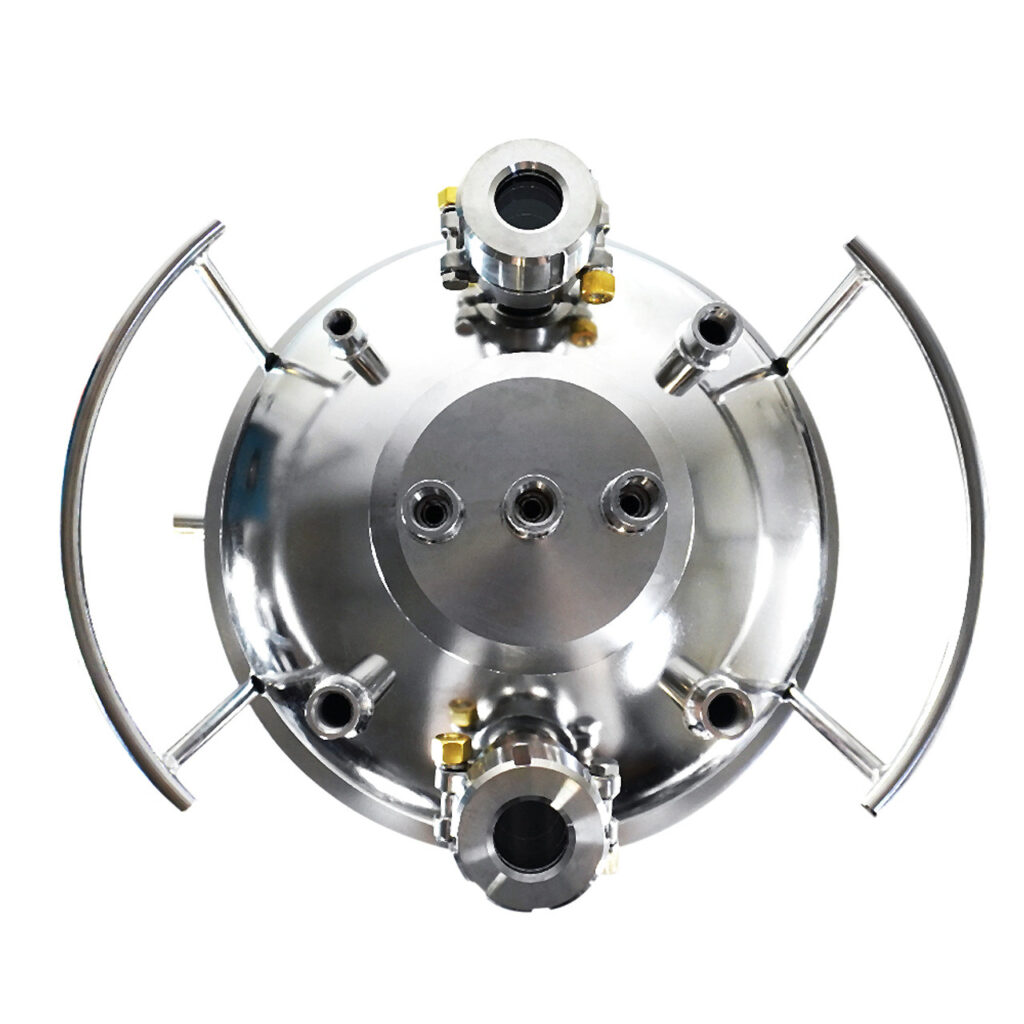Understanding C1D1 and C1D2 Classifications in Extraction Laboratories


November 22, 2024
Cannabis extracts have rapidly become a favored method for consuming cannabis due to their potency and purity. By 2020, sales of cannabis concentrates had surged by over 40%, with consumer preference shifting towards cleaner and more refined extracts. This popularity has even led to the establishment of a new stoner holiday, “710” (July 10th), which serves as a counterpart to the well-known “420,” celebrating high-potency cannabis products. This category includes a variety of concentrates such as shatter, wax, butter, THC diamonds, and ice water hash. For an in-depth look at these types of concentrates, visit our blog post on the different types of cannabis extracts.
Cannabis extraction involves isolating beneficial compounds like cannabinoids and terpenes from the cannabis plant. This is achieved using various solvents, including butane, propane, ethanol (CDA 12 A), CO2, and even water—which, despite some misconceptions, acts as a solvent. While some extraction methods, such as using ice water, are relatively safe and simple, others can pose significant safety risks without proper safety measures in place.
To safely conduct these more volatile extraction processes, it is critical to use the right equipment, follow standard operating procedures (SOPs), and operate within a properly designed hazardous location. Extractions utilizing hydrocarbons like butane and propane must be performed in laboratories built to Class 1 Division 1 (C1D1) standards to handle these highly flammable solvents safely. For less volatile solvents, such as ethanol, labs can be designed according to Class 1 Division 2 (C1D2) standards, which accommodate a lower risk of volatility
Essential Components and Safety Features of C1D1 and C1D2 Extraction Labs
C1D1 and C1D2 extraction labs are designed with specialized equipment to ensure the safety of operators and the surrounding areas. These labs are critical in managing the risks associated with volatile solvents used in cannabis extraction processes.
The core of these facilities is the lab itself, constructed to contain any potential incidents within its confines securely. Typically built from 18 or 20 gauge steel, the labs feature interlocking panels that may be single-walled or dual-walled with insulation—often referred to as “sandwich panels.” This robust construction is designed to withstand and contain explosions and fires should accidents occur. Additionally, all fixtures within the lab, including electrical outlets and lighting, are explosion-proof to prevent any possible ignition sources.
Safety in C1D1 labs is enhanced by advanced gas monitoring systems tailored to detect the specific solvents used, such as hydrocarbons or ethanol. These monitors continuously assess vapor levels to ensure they remain below threshold limits that could pose a risk to operators. If vapor concentrations reach critical levels, the system activates safety protocols to mitigate any potential hazards. This could include engaging explosion-proof fans to purge the room of vapors or shutting down power to prevent ignition.
C1D1 labs are required to maintain stringent air quality standards, including the capability to turnover a specific volume of air each hour. This continuous ventilation helps remove denser-than-air gases and maintain a safe working environment. Emergency purge systems are also in place to evacuate the air in the lab rapidly, replacing it with fresh air from outside the containment area.
Both C1D1 and C1D2 labs are equipped with comprehensive alarm systems that include auditory and visual alerts both inside and outside the lab. These alarms serve to inform personnel of critical events such as fires, explosions, or the activation of the purge system. Visual alarms typically use strobe lights to indicate specific safety protocols are in action, while auditory alarms alert personnel to immediate safety concerns.
For further safety, these labs incorporate features like eyewash stations to quickly address any chemical splashes, helping to safeguard operator eyesight in the event of an accident. The layout of the labs often includes multiple exit doors, enhancing not only safety but also the efficiency of the workflow as cannabis extracts progress through various stages of processing and refinement.

C1D1 and C1D2 labs are integral to ensuring high safety standards in the extraction industry, designed to handle the complexities and dangers of working with highly volatile substances while maintaining operational efficiency.